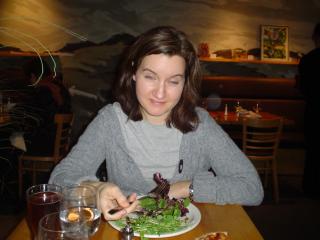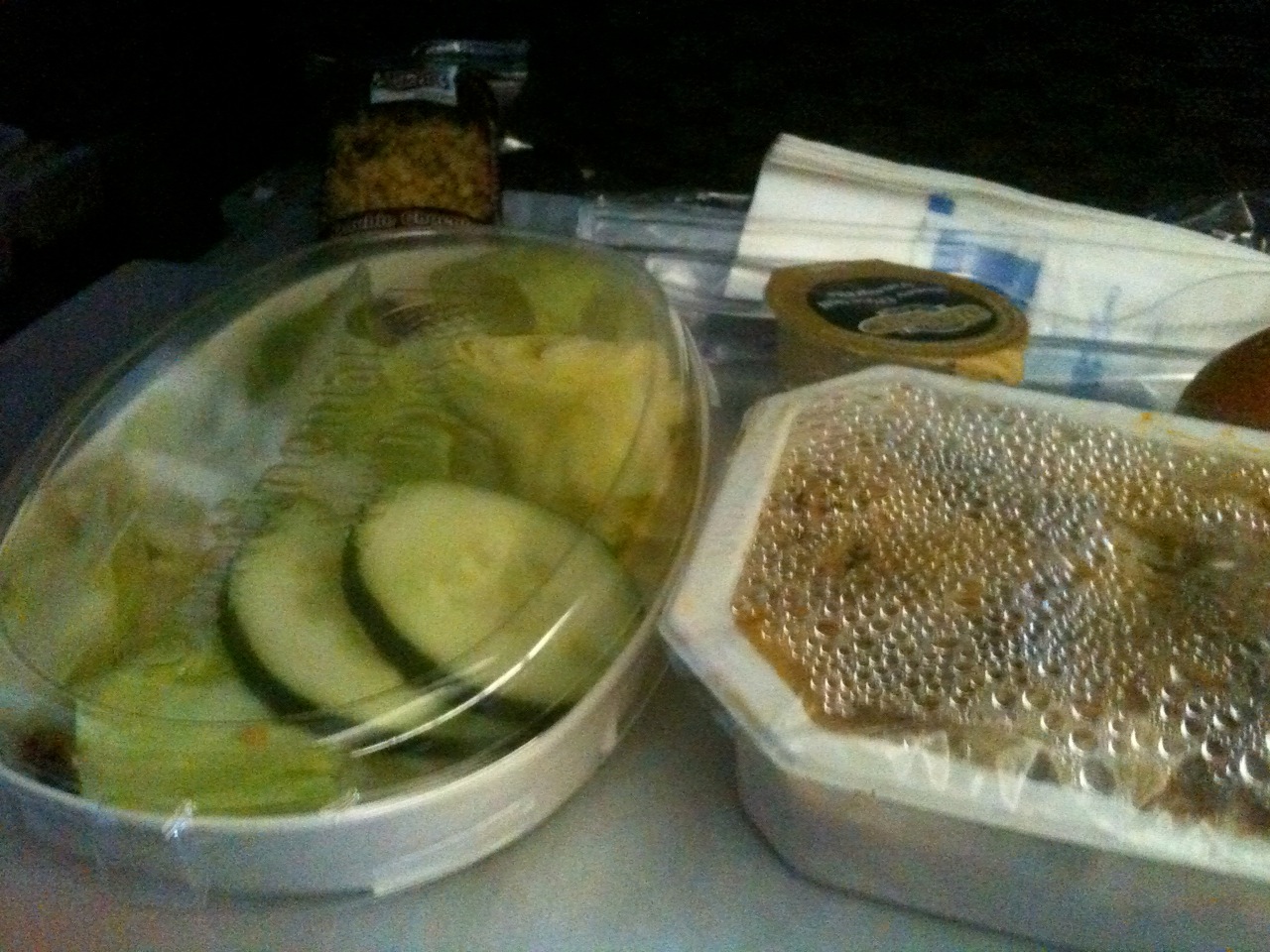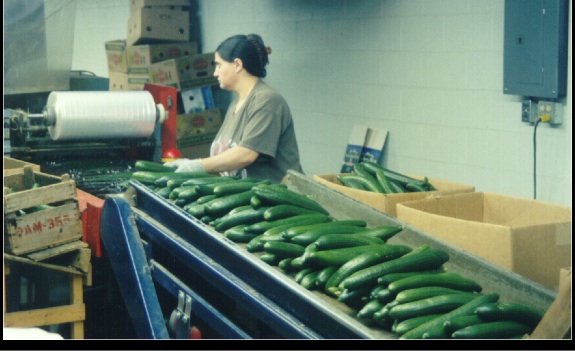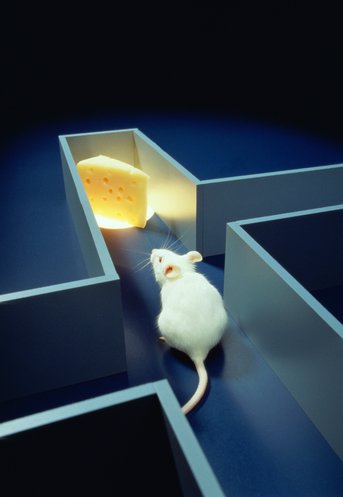No one wants to engage in cross-the-pond semantics when people are dying from foodborne illness, but some Americans have some pointed advice for Europeans as they struggle with a devastating outbreak of E. coli O104.
Yesterday, the World Health Organization said the bug was a new strain.
Big deal said some Americans.
Dr. Timothy Jones, the state epidemiologist in Tennessee told Gardiner Harris of
The New York Times, “Using terms like ‘mutant killer bacteria’ is irresponsible. Bacteria mutate all the time, even the ones we’re comfortable with. And having a strain that is virulent is not unusual.”
Of particular concern to officials in the United States have been reports that the European outbreak involves bacteria resistant to antibiotics — not because such .jpg) reports suggest a particularly dangerous bug, but because they suggest that the Europeans are not looking in the right direction to fight the outbreak.
reports suggest a particularly dangerous bug, but because they suggest that the Europeans are not looking in the right direction to fight the outbreak.
The accepted medical wisdom in the United States is that E. coli infections should not be treated with antibiotics at all, even if the strain is vulnerable to the drugs. And when a strain shows signs of resistance, treatment with the drugs is a particularly bad idea, said Dr. Phillip Tarr, a professor of pediatrics at Washington University.
To the dismay of American onlookers, European doctors seem focused on the issue of antibiotics and alarmed that they have not found one that works. Prof. Jörg F. Debatin, the medical director and chief executive of the University Medical Center of Hamburg-Eppendorf, where many of the patients are being treated, said in an interview on Tuesday, “There is, as yet, no antibiotics that can treat it.”
American officials were sympathetic to the challenges that European health authorities faced in tracing the source of the outbreak, since such investigations in the United States have been similarly long and confused. The foods involved in the outbreak — tomatoes, cucumbers and lettuce — are often eaten together, and their supply chains can be impossibly complicated to untangle. When a restaurant needs salad fixings, suppliers often mix vegetables from a variety of farms — making a trace to the source close to impossible.
“This bug has been seen before,” said Dr. Robert Tauxe, deputy director of the division of food-borne, bacterial and mycotic diseases at the Centers for Disease Control and Prevention in Atlanta. That the strain may have genetic material that makes it resistant to antibiotics, however, is intriguing, he said.
The German outbreak is likely to increase concerns over the safety of fresh vegetables, Dr. Tarr said. “I can tell you how to make a hamburger safe, but I can’t tell you how to do that with a head of lettuce,” Dr. Tarr said. “And that’s important.”

.jpg) stay away from eating the beansprouts, which are often used in mixed salads.
stay away from eating the beansprouts, which are often used in mixed salads.
 HUS
HUS.jpg) reports suggest a particularly dangerous bug, but because they suggest that the Europeans are not looking in the right direction to fight the outbreak.
reports suggest a particularly dangerous bug, but because they suggest that the Europeans are not looking in the right direction to fight the outbreak..jpg) ntestines.
ntestines.
.jpg) either live in Germany or recently traveled there.
either live in Germany or recently traveled there..jpg) contaminated at any point along the route.
contaminated at any point along the route. contaminated at any point along the route.
contaminated at any point along the route. source of the outbreak. It said 33 Austrian stores were affected.
source of the outbreak. It said 33 Austrian stores were affected..jpg) following the advice of the Robert Koch Institute and not eating raw cucumbers, lettuce or tomatoes.
following the advice of the Robert Koch Institute and not eating raw cucumbers, lettuce or tomatoes.